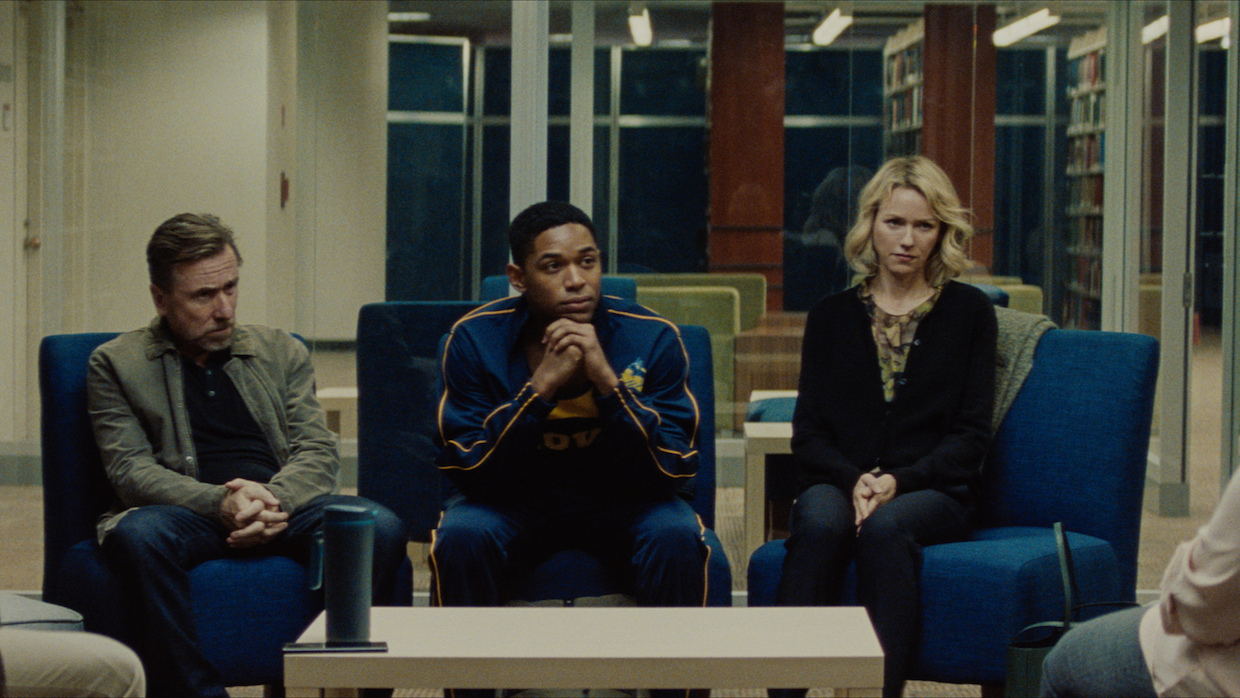 Back to selection
Back to selection
“We Did as Many Long Takes as Possible”: Director Julius Onah | Luce
 Tim Roth, Kelvin Harrison Jr., and Naomi Watts in Luce (Photo by Larkin Seiple)
Tim Roth, Kelvin Harrison Jr., and Naomi Watts in Luce (Photo by Larkin Seiple) Whenever directors watch their own films, they always do so with the knowledge that there are moments that occurred during their production — whether that’s in the financing and development or shooting or post — that required incredible ingenuity, skill, planning or just plain luck, but whose difficulty is invisible to most spectators. These are the moments directors are often the most proud of, and that pride comes with the knowledge that no one on the outside could ever properly appreciate what went into them.
So, we ask: “What hidden part of your film are you most privately proud of and why?”
One of the key ideas that Luce explores is the limits of our perception. Specifically, it’s a story that asks how the ways we view each other shape power and privilege in our culture. It was important to translate that idea into the visual language of the film. For that reason we did as many long takes as possible. There are quite a few scenes where the story is told in one shot and the audience is asked to decide what they believe is happening in front of them. These shots were of varying complexity, but all required a synchronicity between performers, camera and lighting to create a sense of effortless verisimilitude. These are things the audience may not immediately notice as they navigate the story of Luce, but all these shots took a tremendous amount of care and effort to achieve. In particular, one in the middle of the film, during a critical moment in the story, required stunt work and a moving vehicle. The most gratifying thing is that shots like these were not just for aesthetic value. They were also critical to the telling of the story of Luce in a way that invites the audience into the world of the characters and the themes of the film.
